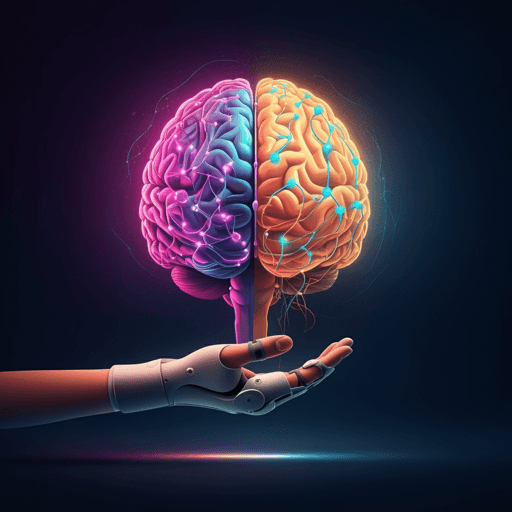
Medicine and Health
The ReHand-BCI trial: a randomized controlled trial of a brain-computer interface for upper extremity stroke neurorehabilitation
J. Cantillo-negrete, M. E. Rodríguez-garcía, et al.
A randomized trial of the ReHand-BCI—using a closed-loop robotic hand orthosis—showed meaningful upper-extremity gains and neuroplastic trends in stroke patients, with the experimental group improving on functional arm tests and showing ipsilesional cortical activity trends. Research was conducted by the authors listed in the Authors tag.
~3 min • Beginner • English
Related Publications
Explore these studies to deepen your understanding of the subject.







